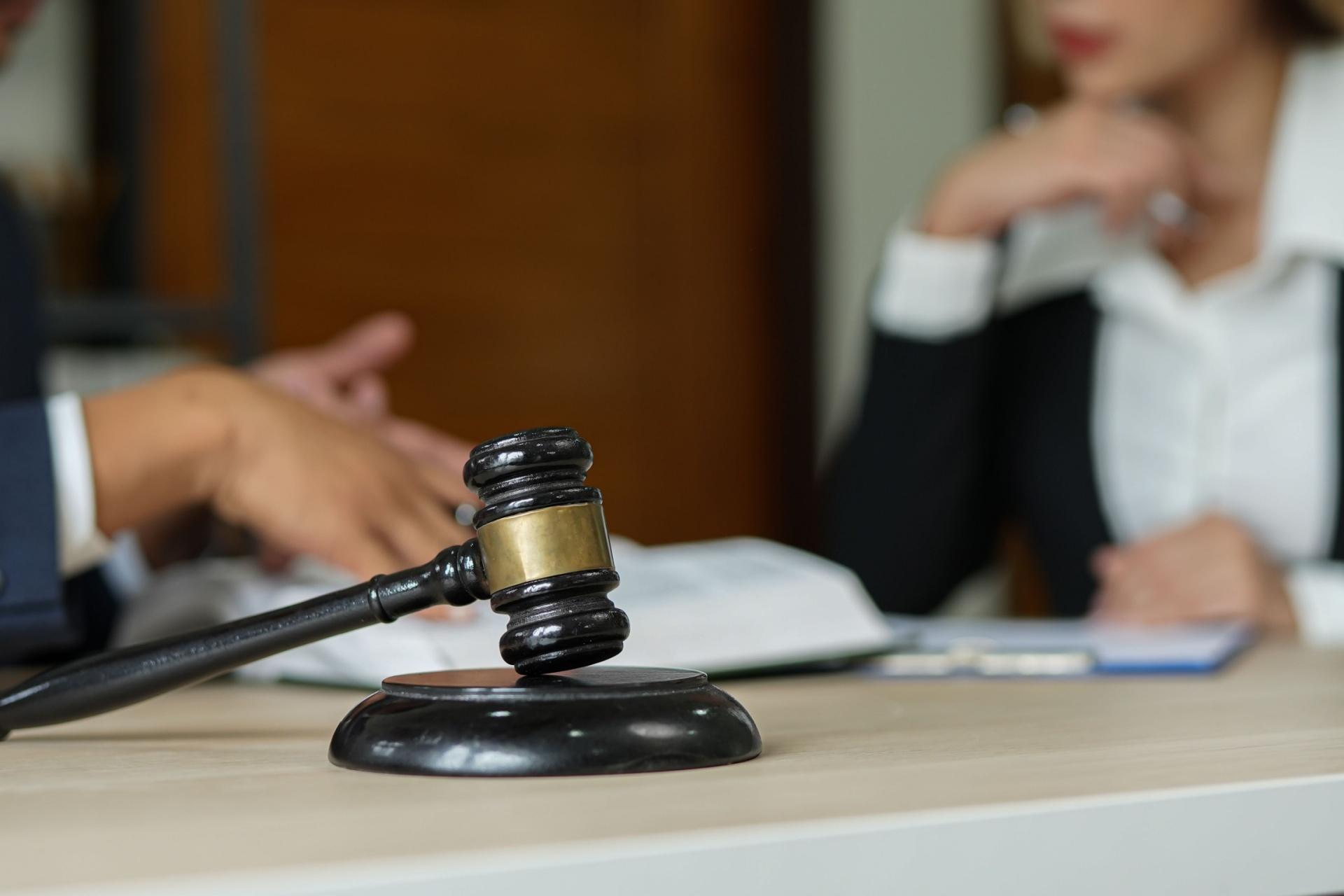A Comprehensive Guide to Deposition Errata Sheets

In the world of legal proceedings, the deposition errata sheet often generates debate. Some legal professionals believe it's only meant to correct minor errors, like transcription mistakes, while others argue that witnesses should be allowed to make more substantial changes to their testimony. Given the importance of Rule 30 of the Federal Rules of Civil Procedure (FRCP), it's essential for attorneys to understand how errata sheets affect the deposition process and how to use them appropriately to maintain the integrity of the court record.
What is an Errata Sheet in a Deposition?
An errata sheet is a document attached to a deposition transcript that allows a witness to make corrections to any mistakes or inaccuracies. While the errata sheet is not part of the main transcript, it is still considered a part of the official court record.
Under Rule 30 of the FRCP, the errata sheet process includes the following key points:
-
Witness Review: The deponent (witness) has the right to review and sign the transcript before finalizing it.
-
30-Day Window: Once the court reporter completes the transcript, the deponent has 30 days to read and sign the errata sheet, noting any changes.
-
Written Explanation: Any changes made must be explained with a signed statement that justifies the alterations.
Why is the Errata Sheet Process Crucial?
The purpose of the errata sheet is to correct factual errors or transcription mistakes—not to alter the substance of the witness’s testimony. This means a witness should not use the errata sheet to change their answers, add new details, or adjust the meaning of what they originally said.
If lawyers fail to carefully review and manage the errata sheet, improper changes could end up in the court record, potentially harming the credibility of the witness and affecting the case’s outcome. Ensuring proper handling of the errata sheet is key to safeguarding the integrity of the legal process.
When Are Substantial Changes Permitted?
The ability to make significant changes on an errata sheet depends on the jurisdiction, so it’s important for attorneys to understand how local rules interpret Rule 30. Here are the three common approaches to errata sheet corrections:
1. Case-by-Case Approach
In some jurisdictions, courts evaluate changes on a case-by-case basis, considering the timing and nature of the changes. If the changes contradict earlier testimony or are made right before dispositive motions, the court may reject them. This approach allows flexibility but introduces unpredictability.
2. Traditional Approach
This is the most common method, allowing witnesses to change anything on the errata sheet as long as it follows Rule 30’s procedural requirements. For example, a witness might change a "yes" answer to a "no" answer, as long as they provide a reasonable explanation for the change.
3. Narrow Approach
In jurisdictions that follow the narrow approach, changes are restricted to correcting transcription errors only. Any material changes to the substance of the testimony are generally not permitted. This interpretation was upheld in the Greenway v. International Paper Co. case, where the court ruled that Rule 30 should not be used to allow a witness to change sworn testimony.
How Should Changes Be Made?
If a witness needs to make changes to their deposition, they must provide a clear and thorough explanation of why each change is necessary. A vague justification, such as "for clarification," will not suffice. For example, if a witness changes their answer from "no" to "yes," they must provide a detailed explanation for the revision.
If the court’s errata sheet form doesn’t offer enough space for a comprehensive explanation, attorneys may create a custom form. Additionally, since most depositions are now recorded, it’s crucial to ensure that the reasoning behind each change is supported by the deposition video or audio.
Can the Errata Process Be Abused?
While the errata sheet allows for changes, it is not without limitations. If the changes seem intended to manipulate the record or create a false impression, the opposing party can challenge the errata sheet. Under the sham affidavit doctrine, the court may disregard changes if they are seen as an attempt to fabricate an issue that contradicts the original deposition.
Courts may also reject changes based on excuses like language difficulties or a witness’s inexperience with depositions, unless there is sufficient evidence that these factors affected their testimony. If the errata sheet renders the deposition unreliable or contradictory, the party that conducted the deposition may seek to reopen the examination.
Importantly, the original deposition answers remain part of the official court record, and they can still be used at trial. If a witness makes changes to the errata sheet, they must be prepared to explain those changes during trial.
Preserving the Integrity of the Deposition Record
Even though Rule 30 allows for corrections, it’s essential for attorneys to guide their witnesses through the errata sheet process carefully. The goal is to ensure that any changes are made for legitimate reasons, such as correcting factual errors or clarifying statements.
Witnesses must be prepared to justify their changes with clear and reasonable explanations. As a lawyer, it’s your responsibility to ensure that the errata process is used appropriately and that any modifications to the deposition are well-documented and justified.
Conclusion: Understanding and Managing Errata Sheets
The errata sheet is a valuable tool for correcting errors in deposition transcripts, but it must be used carefully. Witnesses can make corrections, but those changes should be limited to correcting factual errors or clarifying previous statements. As an attorney, it’s essential to review the errata sheet thoroughly to ensure that only appropriate changes are made and to prevent any potential abuse of the process.
By managing the errata sheet process with transparency and attention to detail, you help maintain the accuracy and integrity of the deposition record. At OASinc, we are committed to supporting legal professionals through this process, ensuring that all changes are made responsibly and in full compliance with the law.
Categories
Read More
"Executive Summary Functional Water Market : CAGR Value Data Bridge Market Research analyses that the market is growing with the CAGR of 4.50% in the forecast period of 2021 to 2028 and is expected to reach USD 6.20 billion by 2028. Systematic, objective and exhaustive study of the facts related to any subject in the field of marketing have been performed while formulating this...

In today’s fast-paced digital era, the success of any business largely depends on its online visibility. Whether you run a small local shop or a multinational brand, appearing on the first page of Google search results can make or break your growth. That’s where working with the best SEO agency in India becomes crucial. One name that has consistently delivered measurable results and...

In the digital age, influencers have evolved from being relatable content creators to full-blown celebrities who command attention, shape opinions, and drive entire industries. But with this meteoric rise has come an equally dramatic shift in behavior — one that has birthed a new and controversial phenomenon: Influencers Gone Wild. This phrase no longer just signifies outlandish stunts or...

Technology has made it easy for students to access quality education from anywhere in the world, right from the comfort of their homes. IIT JAM online coaching is designed to help aspirants prepare for this highly competitive exam flexibly and comprehensively. In recent years, the demand for online classes has grown significantly. The rise of digital platforms has made quality education more...

Introduction Life in Mandan, ND, is often fast-paced, especially for busy families juggling work, school, sports practices, errands, and weekend road trips. In the middle of all this, keeping your car clean and well-maintained often falls to the bottom of the to-do list. However, the condition of your vehicle impacts more than just appearances—it affects your family’s comfort,...




